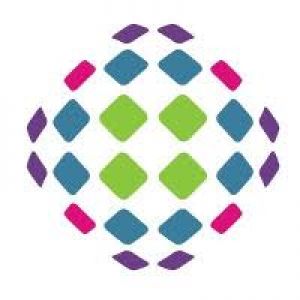Laser Cladding System is an Emerging Technology Finding Major ApplicationsPosted by coherent market insights on February 17th, 2021 Laser Cladding System is a relatively new term in the arena of metal fabrication and is gaining immense popularity worldwide. This technology is quite similar to thermal spray coating in that it too uses an energy source such as laser light to penetrate the material being used to coat the substrate. However, unlike the thermal spray, which can be easily manipulated and controlled, the applications of the Laser Cladding System are very intricate as well as extremely difficult to handle. This is due to the fact that it involves a very complicated mixing and melting process and the results must be precise and lasting. Thus it is always better to employ the services of professionals for this purpose, rather than going in for experimental procedures. Laser Cladding System, generally abbreviated as LCS is a unique technique that involves the use of high-intensity lasers in the process of applying various coatings and powders onto the surface of the material being coated. The concept behind its usage is nothing but a reaction to the properties of the metal being coated. When the coating material is being prepared for application, the coating must be mixed using a catalyst. This can be any type of liquid compound, although most commonly metallic acids and alkalis are used. Once the compound has been mixed and the catalyst is ready, the coating is brushed on and allowed to dry in a controlled environment. After the drying phase, the compound and the catalyst are mixed again and the next step involves the heating of the mixture. During this healing process, several processes occur. The most important ones include vapor compression, a cooling process that makes way for the formation of a wear-resistant layer, and the generation of higher frequencies, which in turn increases the resistance to abrasion and impacts. As far as the application of the Laser Cladding System is concerned, there are basically three types of applications - wet fitting, dry fitting, and dilution. For the installation of the diode laser cladding system, the substrate has to be prepared well before starting the process. This includes preparing the top part of the substrate with an ultrasonic cleaning agent that has been specifically designed for application purposes. The cleaning agent should be able to emit high-frequency sound waves that will not disturb the nearby environment and the working area. As the substrate is prepared, the adhesive molecules in the polyimide are then released onto the substrate using the heat from the laser cladding process. Readmore@https://www.linkedin.com/pulse/laser-cladding-system-emerging-technology-finding-major-shinde/ Like it? Share it!More by this author |


